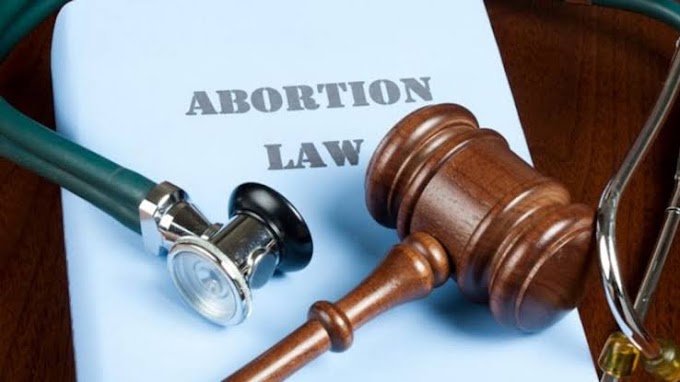Author :- sourav bucha (university of petroleum and energy studies)
In the labyrinthine corridors of Indian politics, where the voices of millions intermingle and decisions shape the destiny of a nation, a new legislative endeavor has emerged with the potential to reshape the very foundations of political representation. The Women's Reservation Bill 2023, a seminal piece of legislation, seeks to revolutionize the landscape of gender equality in India's political arena. As the world's largest democracy, India has long grappled with issues of gender disparity in political leadership, but this bill holds the promise of not just breaking through the glass ceiling but shattering it altogether.
Historical dates
1996: The first iteration of the Women's Reservation Bill was presented to the Lok Sabha as the 81st Constitutional Amendment Bill in September 1996.
1998: The bill was reintroduced in the 12th Lok Sabha in 1998, however, the bill lapsed because it did not receive adequate support.
Reintroduced three more times in 1999, 2002, and 2003.
2008: The bill was introduced in the Rajya Sabha and approved by 186 votes but became inoperative upon the dissolution of the 15th Lok Sabha.
The present Lok Sabha has 542 members, out of which 78 (14.39 percent) are female. In a response to a Parliamentary question late last year, the government had said that the average number of women MLAs in Assemblies across the nation accounts for only 8 percent. Both the Lok Sabha and State/UTs assemblies will see a rise in female members, but the rise will be more dramatic in States/UTs.
The Bill proposes 33 percent reservation for women in Lok Sabha and Assemblies of State and National Capital Territory of Delhi. Similar reservations will also be provided within the seats reserved for SC and ST. The Bill proposes that the reservation will continue for 15 years. Seats reserved for women will be rotated after each delimitation exercise.
What is a delimitation exercise?
Under the existing laws, the Delimitation Commission is headed by a retired Supreme Court Judge and analyses the Census data. The Commission is expected to demarcate fresh Lok Sabha constituencies based on the Census data. Constituencies are reserved for Scheduled Castes and Scheduled Tribes according to the Census figures.
What is the Rotation of seats?
The designated seats for female lawmakers may be distributed by rotation to various constituencies within a state or union territory.
When is it likely to be put into practice?
One of the provisions of the new Bill says: “The provision of the Constitution relating to the reservation of seats for women in the House of the People, the Legislative Assembly of a State, and the Legislative Assembly of the National Capital Territory of Delhi shall come into effect after an exercise of delimitation is undertaken for this purpose after the relevant figures for the first census taken after commencement of the Constitution (128th Amendment) Act 2023 have been published.”
Currently, it is unclear when the Census, which was scheduled to be completed in 2021, would be finished. At the same time, the administration has already said that the subsequent delimitation exercise may be carried out following the first census to be held after the year 2026, in accordance with current law. Considering everything, implementation cannot happen until 2029.




![Freedom of Speech in India [Indian Supreme court and Law of Sedition]](https://blogger.googleusercontent.com/img/a/AVvXsEiGLLUmLKq5Da6xDZplasOZHKRj-jOhWPkoeuy0_Eq757tUpOiHz-xooXwIlAjF0-hmBfi-TtMIv6on_sVgBXVq4wbWwnbsqLOcNX22S8C2aSq-ZuK3vn9wWAx8tXByYOBfwc0hs6b8RJV84YNFG2greouGKjup6g8kN-xVlchW33VHdSSmrhLC1BUEVbGp=w680)





